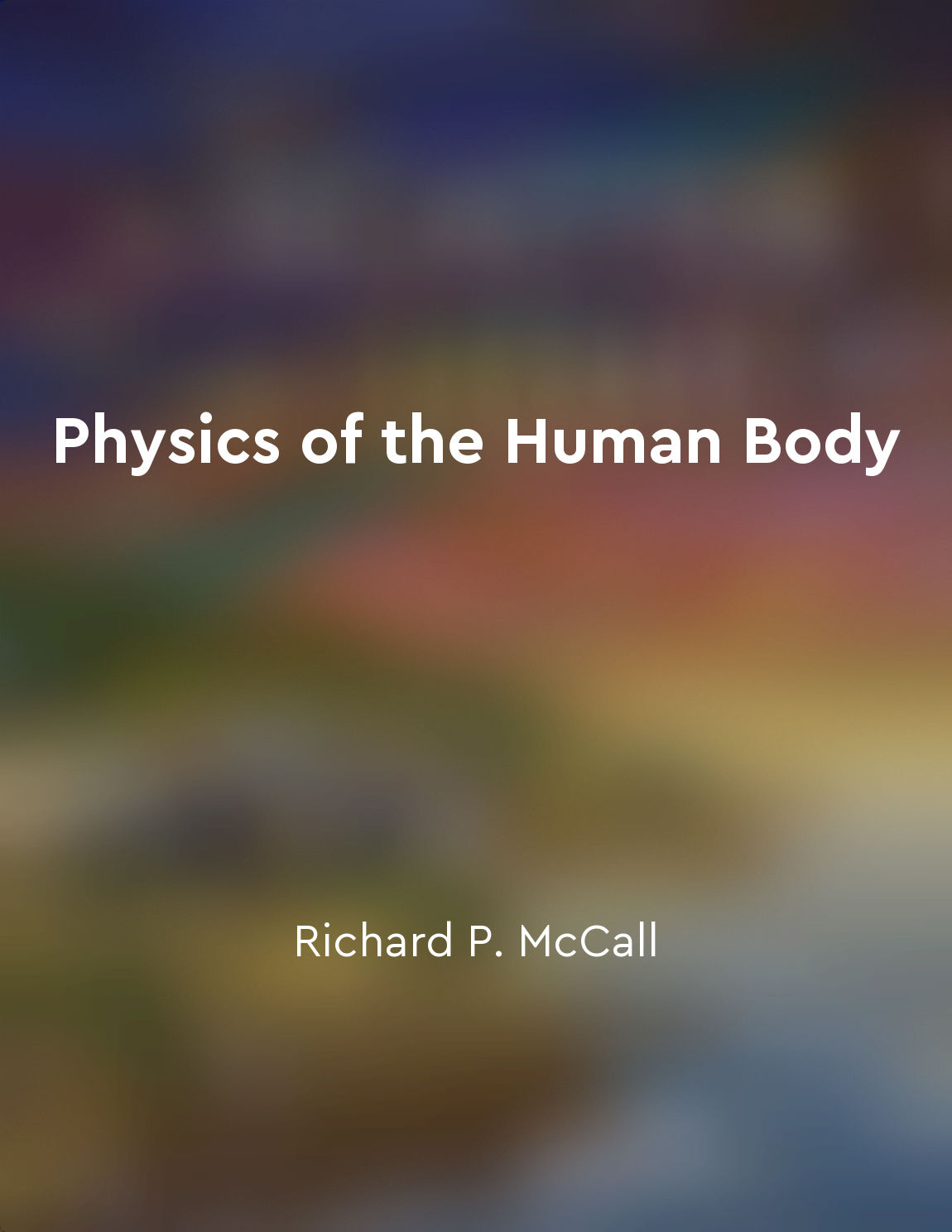Heat transfer occurs through conduction and convection from "summary" of Physics of the Human Body by Richard P. McCall
Heat transfer is a fundamental process that plays a crucial role in various aspects of our daily lives, including the functioning of the human body. Conduction and convection are two primary mechanisms through which heat is transferred from one object to another. Conduction involves the transfer of heat through a material or between materials that are in direct contact with each other. In this process, the particles within the material vibrate and collide with each other, transferring thermal energy from the higher temperature side to the lower temperature side. This mechanism is commonly observed when a hot object is placed in contact with a cooler object, resulting in the transfer of heat until thermal equilibrium is reached. On the other hand, convection is the transfer of heat through the movement of fluids, such as liquids and gases. This process occurs when a fluid is heated, causing it to expand and become less dense. The less dense fluid rises, carrying heat along with it, while the cooler, denser fluid descends to replace it. This continuous circulation of fluid results in the transfer of heat from one location to another. Both conduction and convection are essential for maintaining the body's temperature within a narrow range to ensure optimal functioning of various physiological processes. For instance, conduction helps in regulating body temperature when we come in contact with objects of different temperatures, while convection plays a crucial role in dissipating excess heat from the body through processes such as sweating and blood circulation.- Understanding the mechanisms of heat transfer through conduction and convection is vital for comprehending the intricate processes that govern the thermal regulation of the human body. By elucidating these fundamental principles, we can gain insights into the intricate interplay between heat transfer mechanisms and physiological functions.
Similar Posts
Maintaining flexibility in training schedules
When it comes to training schedules, rigidity is not your friend. It's easy to fall into the trap of thinking that a strict rou...

Understanding these elements will make you a better cook
To become a better cook, it is essential to grasp the fundamental elements of salt, fat, acid, and heat in cooking. These eleme...

Heat transfer occurs through conduction and convection
Heat transfer is a fundamental process that plays a crucial role in various aspects of our daily lives, including the functioni...

The internal structures of the Earth can be inferred from seismic waves
Seismic waves, generated by earthquakes and explosions, provide scientists with valuable information about the internal structu...

Work and power are essential in human performance
Work and power play a crucial role in the functioning of the human body. When we talk about work in the context of physics, we ...
Critical thinking skills are essential in scientific inquiry
When we embark on a journey of scientific inquiry, we must equip ourselves with a powerful tool - critical thinking skills. The...
Electrochemical cell principles
Electrochemical cell principles are based on the fundamental laws of chemistry and thermodynamics. These principles govern the ...

